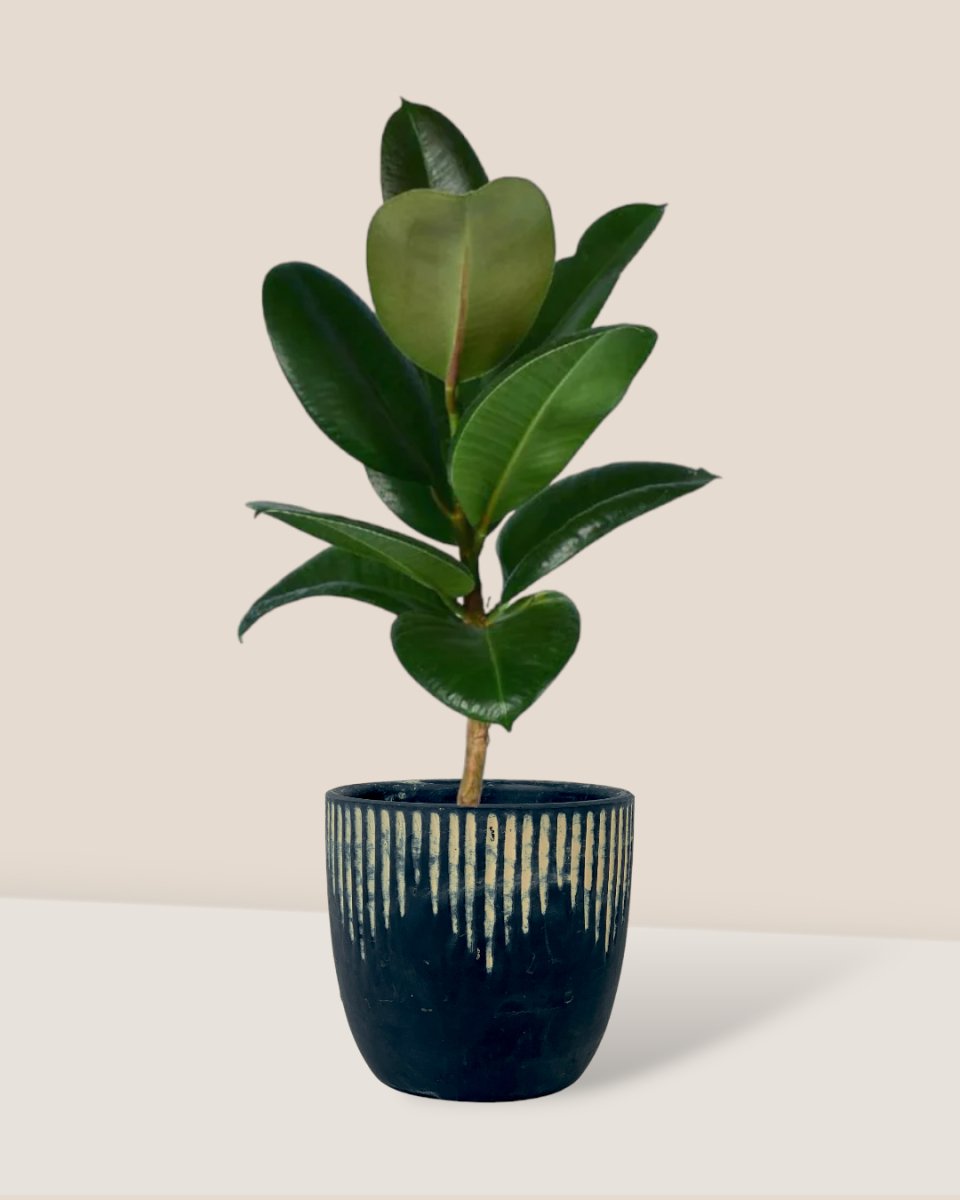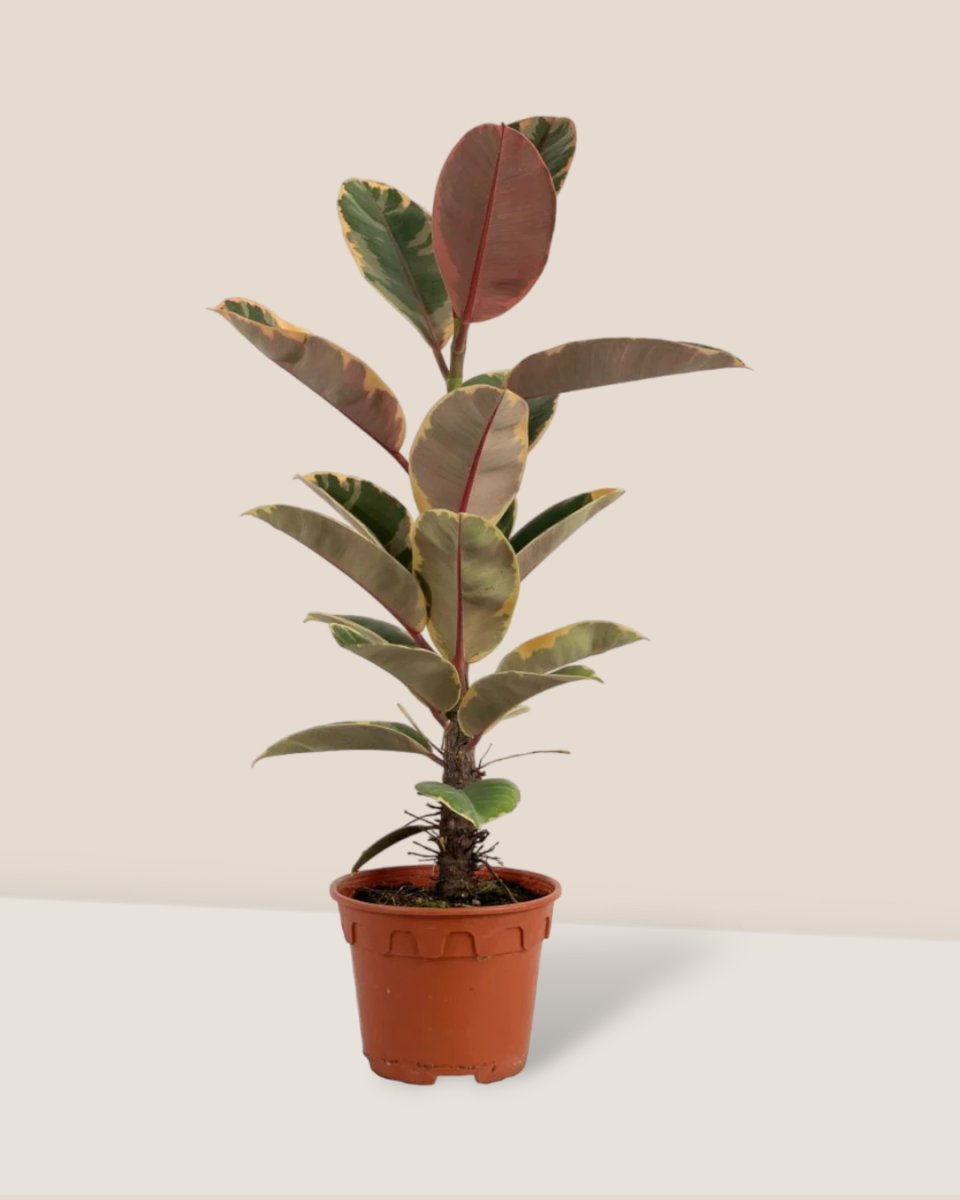The Rubber Tree: A Timeless Symbol of Nature
The Ficus elastica, commonly known as the rubber tree, is a tropical evergreen tree that has captivated the hearts of plant enthusiasts for centuries. Its large, glossy leaves and striking aerial roots have made it a popular choice for both indoor and outdoor gardens. In this comprehensive article, we will delve into the fascinating world of the rubber tree, exploring its history, characteristics, care requirements, and cultural significance.
A Brief History of the Rubber Tree
The rubber tree, native to northeastern India, Bangladesh, Myanmar, and western Yunnan, China, has been cultivated for centuries due to its economic importance. Its latex, a milky substance extracted from the bark, was a primary source of natural rubber until the early 20th century. Rubber was a vital material during the Industrial Revolution, used in everything from tires and raincoats to medical gloves.

While the rubber tree’s economic value has diminished with the advent of synthetic rubber, it remains a beloved ornamental plant. Its striking appearance and adaptability to various growing conditions have made it a popular choice for both homes and public spaces.
Characteristics of the Rubber Tree
The rubber tree is a large, robust tree that can reach heights of over 100 feet in its natural habitat. However, when grown indoors, it typically grows to a height of 6 to 8 feet. Its most distinctive feature is its large, oval-shaped leaves, which are often a deep green color but can vary depending on the cultivar. The leaves are supported by long petioles and have a glossy, leathery texture.
As the rubber tree matures, it develops aerial roots that grow from the trunk and branches. These roots help to anchor the tree and absorb moisture from the air. In some cases, aerial roots can grow so long that they reach the ground, forming additional trunks.

Caring for Your Rubber Tree
The rubber tree is a relatively easy-to-care-for houseplant, making it an excellent choice for both experienced and novice gardeners. Here are some tips for keeping your rubber tree healthy and thriving:

Cultural Significance of the Rubber Tree
The rubber tree has cultural significance in many parts of the world. In India, the tree is considered sacred and is often planted near temples. In some cultures, the rubber tree is believed to have healing properties and is used in traditional medicine.
In addition to its cultural significance, the rubber tree is also a popular choice for interior design. Its large, glossy leaves and striking appearance can add a touch of elegance to any room. The rubber tree is often used in office buildings, hotels, and restaurants as a statement piece.
Common Pests and Diseases
Rubber trees are generally resistant to pests and diseases, but they can be susceptible to a few common problems:
Spider mites: These tiny pests can cause yellowing and webbing on the leaves. Increase humidity and use a natural insecticide to control spider mites.
Propagating the Rubber Tree
The rubber tree can be propagated from cuttings or air layering. Here’s a brief overview of both methods:
The rubber tree is a beautiful and versatile plant that has captured the hearts of plant enthusiasts for generations. Its striking appearance, easy care requirements, and cultural significance make it a popular choice for both indoor and outdoor gardens. Whether you are a seasoned gardener or just starting out, the rubber tree is sure to bring joy and beauty to your life.

:max_bytes(150000):strip_icc()/how-to-grow-coleus-1402921-02-6ca494adf94f4a5887c94256a24ebf33.jpg?w=200&resize=200,112&ssl=1)



:max_bytes(150000):strip_icc()/hoya-plants-1315763-hero-fe8b10a522eb4d7e9ada8abbc303fbc5.jpg?w=200&resize=200,112&ssl=1)